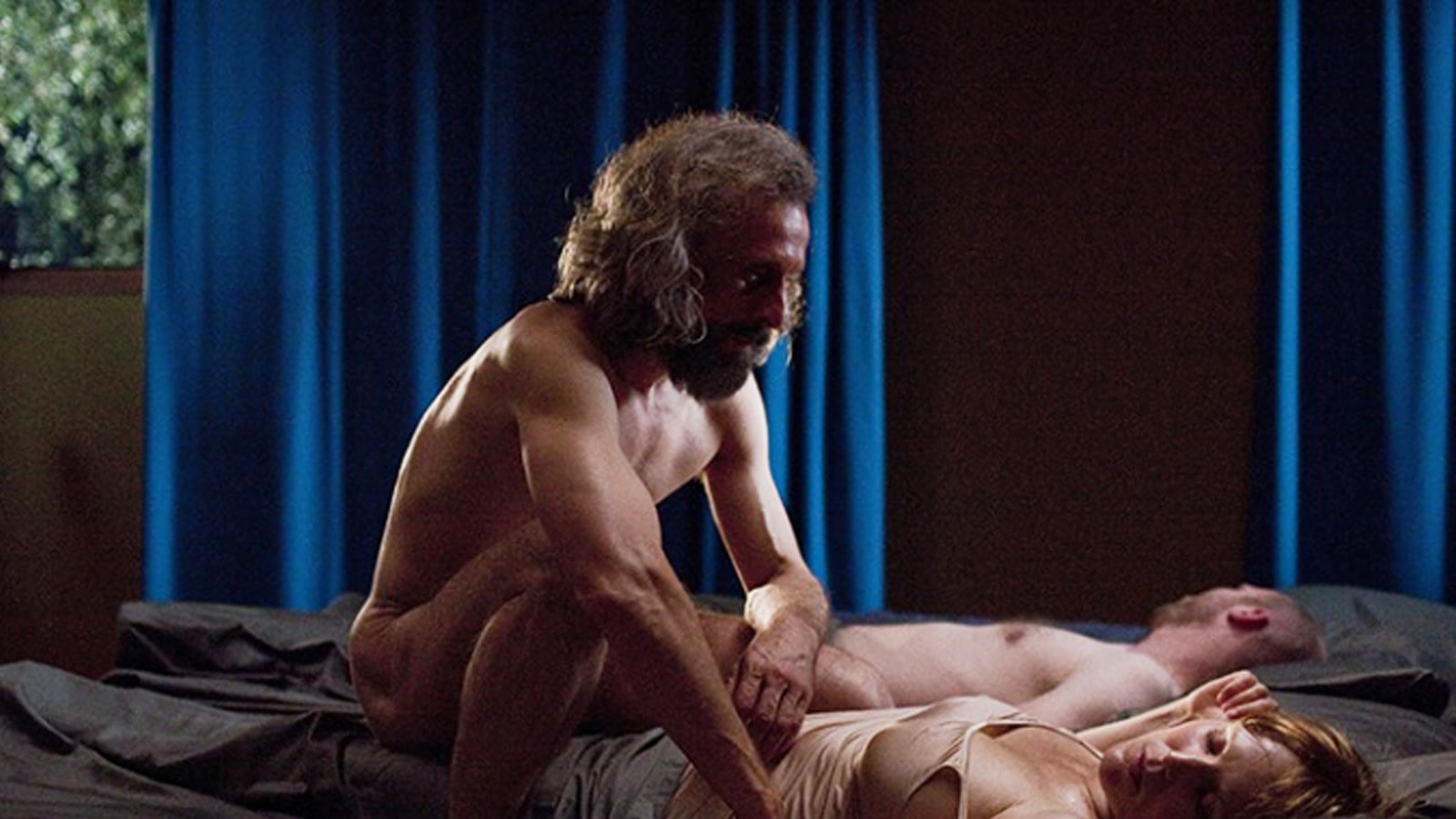The French aristocrat Marquis de Sade once said that “It is only by way of pain one arrives at pleasure.” de Sade, known for his sexually explicit writings and violent acts, likely would have found a welcoming companion in Camiel Borgman, the lead character in Alex van Warmerdam’s new movie, opening in limited release this week.

Borgman excels in the mystery and delight of its titular character and his group of sadistic friends, who like to terrorize random strangers for fun. Though de Sade would likely not approve of Borgman’s end tactics——the Frenchmen was accused of many things, but murder was not one of them—he would enjoy the systematic breakdown of Borgman’s target, a woman named Marina, and the bizarre sexual energy that floats between them.
Borgman, however, isn’t a horror film, nor is it a sexual thriller. There is little blood, gore, or fornication. Instead, it gets its thrill from a disquieting uncertainty. Still, the audience always has a good idea of who’s pulling the strings. The film’s poster even makes that point clear, showing Camiel Borgman with one side of his sports coat open to reveal a collection of cut-out paper dolls in the shape of the family he plans on tormenting.
The movie itself starts in an even stranger place, with a shotgun-toting priest, a man with a dog, and another nameless individual combing through the woods looking for Borgman, who’s sleeping in an underground bunker. However, by the time they get there, it’s too late. Borgman has escaped through a tunnel, leaving a plume of smoke in his wake. He eventually makes his way to a quiet neighborhood, where he searches for a place to bathe, relax, and (presumably) hide, in a scene that eerily resembles Kubrick’s A Clockwork Orange, where Alex finds safe haven after getting bruised and beaten in the woods. We never do find out who the people chasing Borgman are, but we never truly discover who Borgman is either, even after watching him and his crew of soft-spoken psychopaths brainwash and murder their way through a Dutch suburb for the better part of two hours.
It all makes for a rather entertaining and puzzling story. The movie itself is propelled by the need to know who this man is and why he is so concerned with torturing innocent people, a comment you can almost feel Kevin Spacey’s John Doe from Seven rolling his eyes at (“Only in a world this shitty could you even try to say these were innocent people and keep a straight face,” he says, dryly). After all, the husband here is an angry, racist drunk. As for the wife, she is a loose cannon, willing to sacrifice the people close to her to get what she wants. But perhaps these people are just under Borgman’s spell? Maybe his brainwashing skills are so good that he can turn a married couple against each other and convince their children to blindly follow random strangers into a dark pit in the middle of nowhere for weird experiments.
The plot itself is an odd case study in bizarre psychological power, which we see from both the villain and his victims’ perspectives. They poison and suffocate each other, perform unregulated surgery, have brief dreams about their legs being flayed open (the only real blood spotted in the film), and, every once in awhile, wonder if humans can be changed into dogs.
Of course, like any good mystery movie, there are clues scattered throughout the story, hints to what these peculiar moments actually mean. In fact, it’s something van Warmerdam has hinted at in the past, calling the film’s characters “half-angel, half-demon”——a remark that gives some reasoning as to why a priest may have been chasing Borgman to begin with. Although once Borgman leaves those woods, the film is less about theology than it is a home invasion, one that ends with people shot, stabbed, and thrown into the lake, their heads stuffed inside buckets of cement.
That, in a sense, is why Borgman succeeds. van Warmerdam insists on keeping the true answers close to his chest while also teasing the audience with bits and pieces along the way, like breadcrumbs to keep viewers engaged. This seems to have been the director’s plan from the start. “From the beginning I didn’t want to explain too much,” he said in an interview about the film. “Explaining brings you to forced [shots], and worse, to stupid dialogue.”
Explaining also takes away from the film’s overall terror. Perhaps it’s from watching Michael Haneke’s Funny Games one too many times, but I have always been cautious of films like this one, where the lead character is a quiet European loner, who makes his way from house to house in a neighborhood far from the nearest police station. Then again, the source of this fear is more likely attributable to an episode I experienced in the first grade, when a letter was sent to parents informing them that a sinister man in town was offering rides to kids. From that day forward, whenever I took the bus home, I would look out the window and wonder which man walking down the street would end up being the unhinged maniac who eventually broke into my home and held me hostage. If the person I spotted looked anything like Camiel Borgman, I would likely have never gotten off the bus.






